In this guide, you'll learn how to use a citrus squeezer to extract maximum juice from lemons and limes with minimal mess.

Table of Contents
Jump to:
- Transform Your Cooking with Every Drop
- Less Effort for More Opportunities
- What to Expect
- A Key to the Past
- Anatomy of a Citrus Fruit: Know Your Juice Source
- Culinary Glossary
- Different Types of Citrus Squeezers
- Review & Recommendations (Top 5 You'll Love)
- 5 Equipment Care Tips
- Frequently Asked Questions
- More Cooking Tips
- Latest Recipes
- Subscribe to the YouTube Channel
- Have a Comment or Question?
Transform Your Cooking with Every Drop
Ah, the humble citrus squeezer—a gadget that promises to keep your hands dry and your recipes zesty. If you've ever found yourself wrestling with a lemon only to end up with more juice on your shirt than in your dish, you're not alone.
Learning how to use a citrus squeezer properly can transform your cooking, ensuring that every drop of that tangy goodness ends up where it belongs: in your food. Whether you're whipping up a refreshing lemonade or adding a splash of lime to your favorite dish, learning to juice lemons with a squeezer is a kitchen hack for any home cook.
Less Effort for More Opportunities
In this post, I’m going to show you how to use a citrus squeezer the correct way—so you can get the most juice with minimal effort and less mess. We’ll talk about why this is one of the most essential handheld juicers to keep around, especially when your recipe calls for fresh lemon juice, lime juice, or even a splash of orange juice.
If you're team manual juicers or looking into electric juicers, I’ve got you covered with tools that are reliable, efficient, and make juicing something you’ll actually want to do.
What to Expect

If you’ve never used a citrus press or a manual citrus squeezer before, don’t worry—there’s no secret handshake required. This post is your easy, no-shame guide to learning how to use a lemon squeezer and how to squeeze limes without a mess.
It’s one of those good juicers that actually works without being one of those major appliances that take up your whole counter. And when you’re prepping in a hurry, a top hand juicer is a good option to keep you moving without sacrificing great-tasting juice.
A Key to the Past
Now, this isn’t just about juice for me—it’s personal. In Caribbean kitchens, it’s super common to find a worn metal citrus squeezer tucked into a drawer, always ready to help squeeze a lime over fried plantains or press out some sour orange juice for seasoning fish.
That simple lime juicer always reminds me of my grandma—her laugh, her cooking, her ability to wrangle a citrus half like it owed her money. She’s no longer with us, but in my kitchen, when I use that squeezer, I feel like she’s right beside me. And honestly?
I love it for the ease of use and how it makes meal prep feel less like a gym session. No enamel coating, no fancy tech. Just love and juice.

Anatomy of a Citrus Fruit: Know Your Juice Source
Before we get to the squeeze-it-like-you-mean-it part, let’s get familiar with what’s actually inside that lime, lemon, or orange you’re pressing. Understanding the anatomy of a citrus fruit helps you juice smarter—not harder—and maybe even save a few parts for extra flavor power.
1. The Peel (or Zest)
This is the outermost skin. Bright, fragrant, and packed with oils that scream "wake up!" in dressings, marinades, and baked goods. Don’t toss it—zest it! The peel holds essential oils that elevate fresh lemon juice with a floral punch. Chef tip: Microplane it before cutting your citrus half.
2. The Pith
That white, spongy layer just under the peel. It's bitter, fibrous, and while it has some vitamin C, it’s not what you want floating in your great-tasting juice. If your recipe needs less pulp, skip this part. It does make a good addition to marmalade if you're feeling fancy.
3. The Flesh (Juicy Segments)
This is the good stuff—the reason we’re all here. These juicy little cells are where the most juice comes from. It doesn't matter if you’re using manual citrus squeezers or electric juicers, your goal is to bust open these segments for maximum liquid sunshine.
4. The Seeds
No one wants seeds in their salad dressing or guacamole. Unless you're growing a citrus tree in your backyard, these are best left out. That’s why a built-in strainer in your lemon squeezer or citrus press is such a game-changer. It catches the seeds while still letting the good stuff flow.
5. The Membranes
These thin walls hold each segment in place. They’re edible (and full of fiber), but when juicing, they don’t contribute much to your yield. However, if you're going for less mess, you’ll want a top-performer juicer that breaks through these without squirting juice across the kitchen.
Recommended Reads
- Best Air Fryer Caribbean Style Citrus Chicken Wings
- Benefits, Uses, and How to Make Homemade Tamarind Paste
- Why Massaged Kale Benefits Matters: Easy Kale Salad Recipe
- Best Tofu Press Guide: How to Prep Perfect Tofu
- Creamy Lemon Greek Yogurt Dressing | Easy 5-Minute
Culinary Glossary
This section concisely defines key terms related to this post to enhance understanding and improve cooking skills.
Citrus Squeezer (a.k.a. Citrus Press or Manual Citrus Juicer) - A handheld tool designed to extract juice from citrus fruits like lemons, limes, and small oranges. You place the citrus half cut-side down, press the handles together, and juice comes out through small holes—leaving seeds behind. Great for getting fresh juice with minimal mess.
Cut Side Down Rule - Always place the cut side of your citrus half facing the holes in the squeezer. This ensures you're pressing the juice out efficiently and catching seeds in the strainer.
Built-in Strainer - Some citrus squeezers and countertop juicers include a mesh or slotted section that filters out seeds and excess pulp. It’s your best friend if you like smooth juice without fishing out floating bits.
Pith - The white, spongy layer between the skin (zest) and juicy center. It’s bitter and best avoided in juice. Not technically equipment—but knowing what to avoid helps you get better flavor from your tools.
Reamer - A manual juicing tool with a ridged cone that you twist into the citrus fruit by hand. Often found in wooden or plastic versions, this is a simple tool for quick juicing but doesn’t catch seeds or pulp.
Electric Citrus Juicer - A plug-in version of a juicer that spins a reamer automatically when you press citrus onto it. Ideal for large batches and juicing without muscle work. Models like the Decker Citrus Juicer do a great job with minimal effort.
Zester or Microplane - A grating tool used to remove the colorful outer layer (zest) of citrus peels. While not a juicing tool, it’s often used alongside squeezers when recipes call for extra citrus flavor. Learn more about testing and the Microplane.
Pulp - The fibrous material inside the fruit that comes along with the juice. Some people like it, some don’t. Tools with adjustable pulp control (like electric juicers) or strainers give you more control over texture.
Amount of Juice per Fruit - Know your yield! One medium lemon gives about 2–3 tablespoons of juice. A lime? Around 1–2 tablespoons. Having a juicer helps extract the most juice so you don’t come up short when a recipe calls for specifics.
Easy Cleanup Features - Look for citrus juicers that are dishwasher-safe or have minimal crevices. Manual squeezers made of stainless steel or enameled aluminum are easier to clean than plastic or multi-piece electric models.
My Rating: ⭐⭐⭐⭐⭐
Purchased: OMG, Summer of 2006!
Update: 08/19/24
My Review: Over the past decade, this Microplane has been and still is my favorite! My replacement was once when someone came to borrow it in the kitchen and left it next to an open flame at the Ritz! And it scorched the metal. Honestly, it worked great, but I was young and concerned about aesthetics. Go figure! This was a professional kitchen staple. You can use it to enhance the citrus flavor and presentation of foods, from pureed soups to beautiful French custards, just like my Spicy Green Kale Lentil Soup, which has a delicious lemon broth. It’s the original, and it’s my must-have go-to item.
Different Types of Citrus Squeezers
Let’s talk tools. When choosing the best citrus juicer, it really depends on how often you’re juicing and how much juice you need. from squeezing lemons for a quick vinaigrette or prepping a pitcher of limeade for a crowd, there’s a tool that fits the task. Here's a closer look at each type:
Manual Citrus Squeezers
This is the MVP of citrus tools for home cooks. The KitchenAid citrus squeezer and OXO Good Grips citrus squeezer are prime examples of why simple is sometimes best. Designed like a citrus press, you just slice your lemon or lime in half, pop it in cut side down, and squeeze. That’s it.
No learning curve. No outlet required. These are perfect if you just want to juice lemons with a squeezer without turning your kitchen into a juice bar. They’re easy to store, quick to clean, and ideal for small jobs—plus, they keep seeds and pulp in check. If you’re juicing a few fruits here and there, this one’s a kitchen essential.
Citrus Reamers
Think of these as the more “hands-on” approach—literally. Citrus reamers, like the OXO Good Grips Wooden Citrus Reamer, are handheld tools with a ridged cone that you twist into the fruit yourself. Great if you like full control and don’t mind a bit of a mess.
The only issue? They don’t catch seeds or pulp, so you’ll need to strain afterward unless you enjoy fishing rogue seeds out of your dressing. But if you like rustic vibes and fresh lemon juice in a hurry, a reamer can do a good job—especially when you don’t want to drag out the big guns.
Electric Citrus Juicers and Electric Models
If you’re juicing a large quantity of citrus—think brunch mimosas, big-batch lemonade, or a serious orange juice habit—then an electric citrus juicer is your best bet. These electric machines do the spinning for you, so all you have to do is hold the fruit in place.
The Decker citrus juicer is a top performer in this category for its consistency, speed, and ease of use. This is a solid choice for anyone who wants fresh juice often without working up a sweat.
Countertop Juicers with Built-In Strainers
Want less pulp and more control? Go for a countertop juicer, like the Hamilton Beach Juicer Machine, with a built-in strainer. These are the juicers that sit on your counter like they mean business—and they do.
Great for juicing larger fruits like grapefruits or blood oranges, they often offer adjustable pulp settings and better juice collection. While they take up more space, they’re a good option if you use a lot of fresh juice in your cooking or cocktails. And yes, some models even look cute next to your wall ovens.
2-in-1 Citrus Juicer
Tight on space but still want options? A 2-in-1 citrus juicer, like the OXO Good Grips 2-in-1 Citrus Juicer or the is your new best friend. These compact designs allow you to switch between lemon and lime juicing without digging through drawers.
They’re the best choice for apartment dwellers, RV travelers, or anyone who wants a handy tool that doesn’t take over the whole drawer. It’s the kind of lime juicer that saves you from having two separate gadgets for one citrus task.
What's Right for You?
Each one of these juicers has its perks—and its only downsides—but there’s a good reason to keep at least one in your kitchen. If you're into sleek stainless steel, crave easy cleaning, or need something with minimal effort, there’s a citrus squeezer out there that’ll make you feel like the best home cook—even if you just need a splash for your guac.
Review & Recommendations (Top 5 You'll Love)
To help you find your perfect match, here are some top picks — including previous top picks and one top performer:
-
$24.99$18.00Buy NowMy Rating: ⭐⭐⭐⭐⭐
Purchased: 06/30/22
Update: 08/19/24
My Review: This lemon squeezer is still working great. Lemons are so big now! This larger squeezer is really helpful. When they designed this tool, they thought of everything! It's definitely a must-have. It easily fits extra large lemons, collects the seeds, and has a strainer and spout for pouring out the juice! You can quickly squeeze multiple lemons while preserving the juice in its reservoir. Preparing for my Frozen Watermelon Lemonade recipe was a breeze. It's very convenient, and there are fewer materials to clean afterward.
We earn a commission if you make a purchase, at no additional cost to you.
04/12/2025 04:09 am GMT -
$18.95Buy Now
The OXO Good Grips Citrus Squeezer is a sturdy and efficient tool designed to extract maximum juice from lemons and limes. Constructed from durable die-cast aluminum, it ensures long-lasting performance. The squeezer features an intuitive design that simplifies the juicing process, allowing you to place citrus halves cut side down for optimal extraction. Its ergonomic, non-slip handles provide a comfortable grip, reducing hand strain during use. Additionally, the squeezer is dishwasher safe, making cleanup quick and easy.
We earn a commission if you make a purchase, at no additional cost to you.
04/11/2025 07:19 pm GMT -
$39.99$26.49Buy NowThe Chef'n Citrus Orange Squeezer and Juicer is a robust 15-inch handheld tool designed to maximize juice extraction from oranges and other citrus fruits.Its innovative dual-gear mechanism enhances pressing power, yielding up to 20% more juice compared to conventional handheld juicers.The stainless steel bowl inverts the fruit, effectively straining out pulp and seeds, ensuring smooth juice with minimal effort.Ergonomically designed with easy-to-squeeze nylon handles, this juicer offers comfort and efficiency, making it an essential addition to any kitchen.Its durable construction and user-friendly design have earned it high praise among users seeking a reliable manual juicing solution.
We earn a commission if you make a purchase, at no additional cost to you.
04/11/2025 07:19 pm GMT -
$27.99$26.04Buy NowThe BLACK+DECKER 32oz Electric Citrus Juicer (CJ625) is a practical and efficient appliance for extracting fresh juice from various citrus fruits. Equipped with two self-reversing cones, it ensures maximum juice extraction: the small cone is ideal for lemons and limes, while the large cone accommodates oranges and grapefruits. The adjustable pulp control with a removable basket allows you to customize the pulp level to your preference and facilitates easy cleanup. The clear juice container features easy-to-read measurement markings and doubles as a pitcher with a drip-free pour spout and handle for convenient serving. All removable parts are dishwasher-safe, simplifying maintenance. While the juicer is budget-friendly and effective, some users have noted that it can be noisy during operation and may lack stability due to its lightweight design.
We earn a commission if you make a purchase, at no additional cost to you.
04/11/2025 07:29 pm GMT
Each of these gets you good job level results whether you're after fresh lemon juice, orange juice, or just want to stop fighting your fruit.
5 Equipment Care Tips
Cook's Notebook is your Cooking Tips Resource Guide. Become a better home cook with tips to help you cook more efficiently.
Always rinse immediately after use
Fresh juice is acidic—especially lemon and lime—and can break down enamel coating or stain materials if left too long. A quick rinse prevents sticky buildup and preserves the finish.
Use warm, soapy water for deep cleaning
Even if it looks clean, pulp can hide in crevices. Scrub with a small brush (a toothbrush works!) to keep your manual citrus squeezers or reamers residue-free.
Check for dishwasher compatibility
Many manual juicers, like the OXO Good Grips citrus squeezer, are top-rack dishwasher safe. But if yours is aluminum or has an enamel coating, hand wash to avoid corrosion or peeling.
Dry completely before storing
Leaving your citrus press damp—especially metal ones—can cause rust over time. Pat dry or let air dry fully before tossing it in your drawer.
Avoid abrasive sponges
Using steel wool or rough scrubbers can scratch the surface of your KitchenAid citrus squeezer, dull the finish, or even strip protective coating. Stick to soft sponges and brushes for easy cleaning.
Frequently Asked Questions
Here, you will find a list of common questions that I have answered. If you have questions, please write them in the comment section below.
Cut the citrus in half and place it cut side down into the bowl of the squeezer. Press the handles firmly together to extract the juice. This ensures you're getting the most juice with minimal effort.
Yes! Most manual citrus squeezers are designed for both lemons and limes. Some larger models can handle small oranges too, but you may need a 2-in-1 citrus juicer or countertop juicer for larger fruits.
Make sure the citrus is at room temperature, cut in half, and that you're using the correct side down. Cold fruit yields less juice. Rolling the fruit on the counter before cutting can help release more juice.
It depends on how much juice you need. Electric models like the Decker citrus juicer are ideal for large quantities, while manual juicers are better for everyday cooking and small servings.
The KitchenAid citrus squeezer and OXO Good Grips citrus squeezer are both easy to use, clean, and store—making them perfect for home cooks learning how to juice lemons with a squeezer or how to squeeze limes without a mess.
More Cooking Tips
- How to Wash Fresh Herbs the Right Way Before Use
- How to Prep Collard Greens: Complete Beginner’s Guide
- Best Collard Greens Substitutes: 7 Leafy Greens
- How to Store Collard Greens | Fridge & Freezer Guide
Latest Recipes
- Green Seasoning Recipe | Epis - Haitian Style
- Quick Spicy Potstickers | Chili Momo Tibetan Style
- Beituti Chicken Shawarma Rice Bowl | Quick and Easy
- Air Fryer Chicken Shawarma | Quick with Beituti
Subscribe to the YouTube Channel
SUBSCRIBE: 👈To my YouTube Channel to Get Notifications of New Videos.


Chef Maika Frederic
Personal Chef and Educator
Chef Maika is a Haitian-American personal chef, food blogger, and culinary expert passionate about bold flavors and approachable recipes. Owner of Growth Culinary and with years of experience in top kitchens, she shares diverse, flavorful meals and time-saving tips to inspire home cooks. Read More About Just Maika Cooking
Have a Comment or Question?
If you have a question or comment about this post, please post it below. You will definitely get a quick response. It also helps our other readers to stay informed. Thanks!


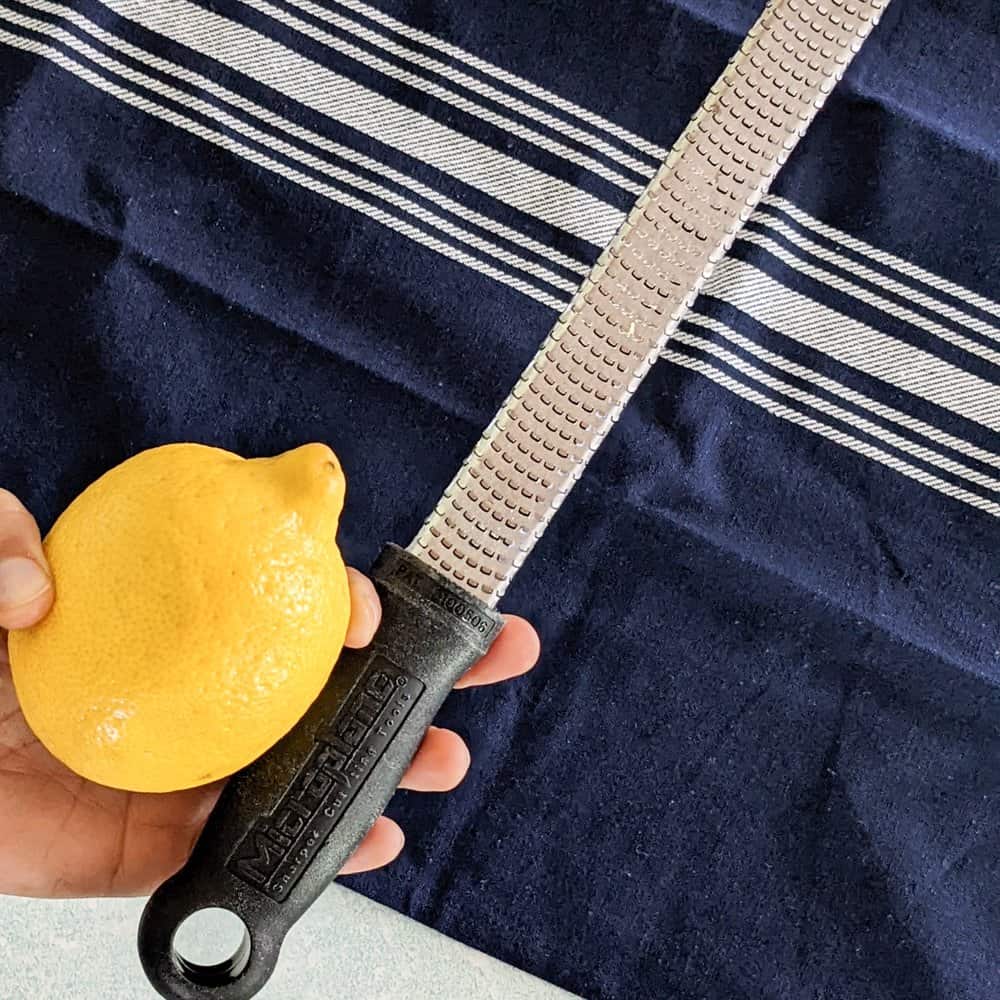
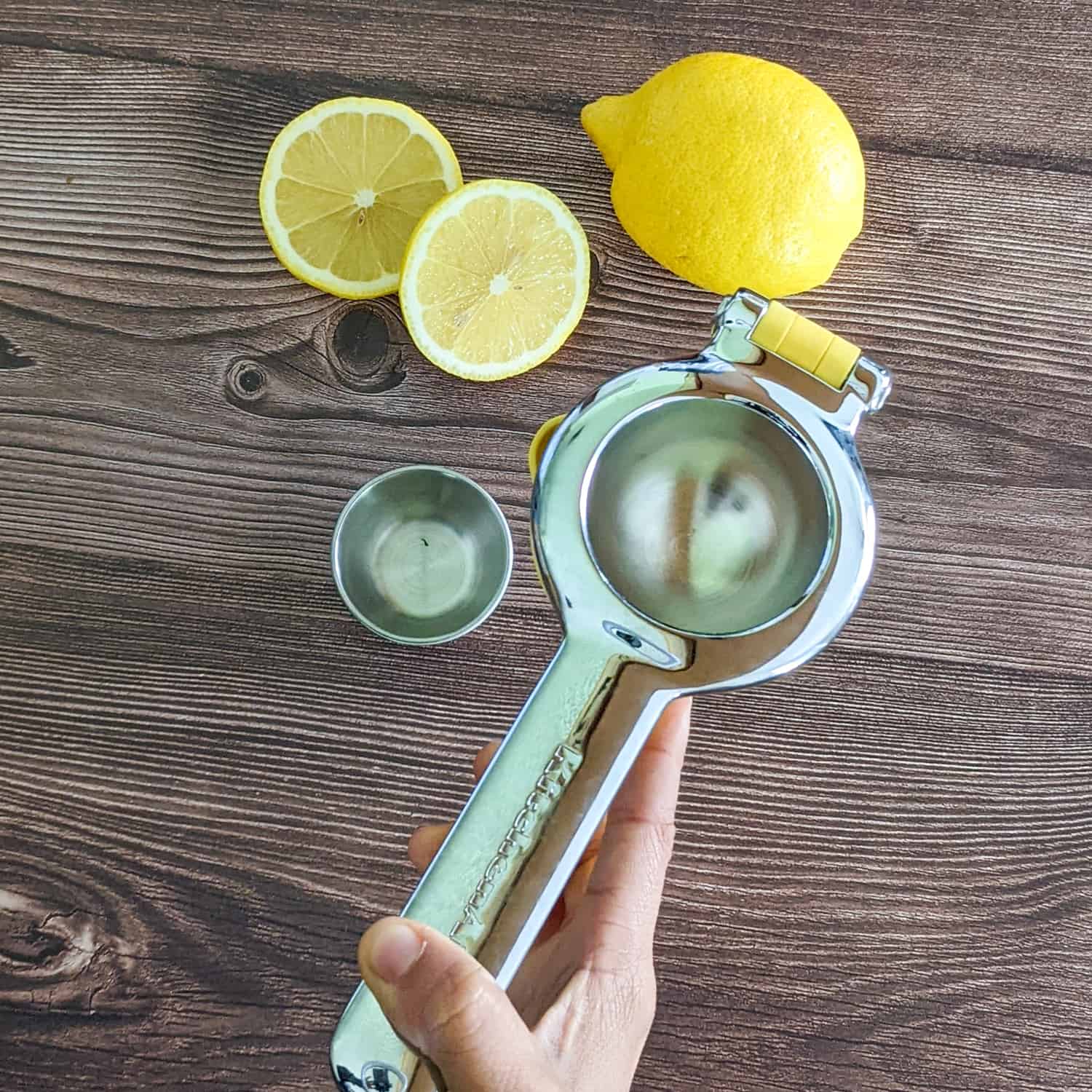




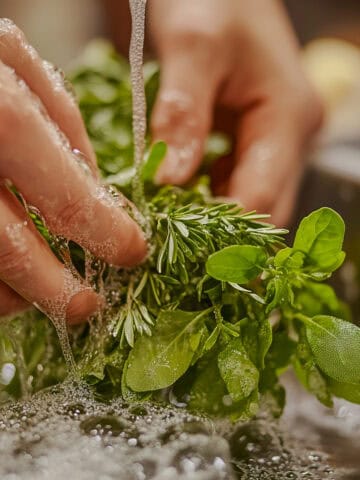


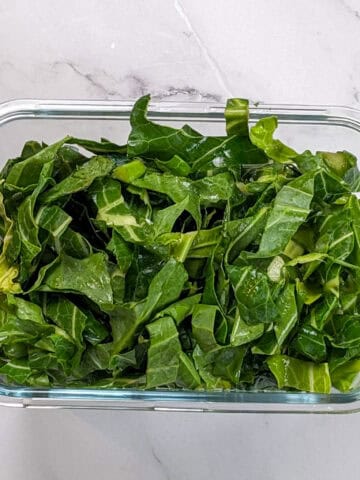
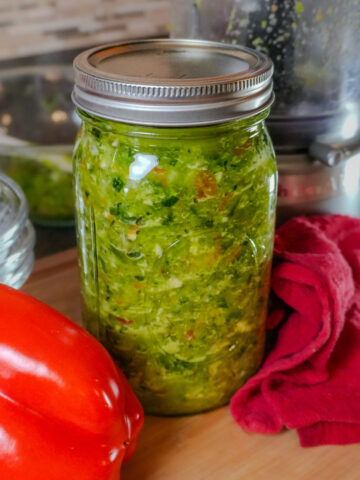

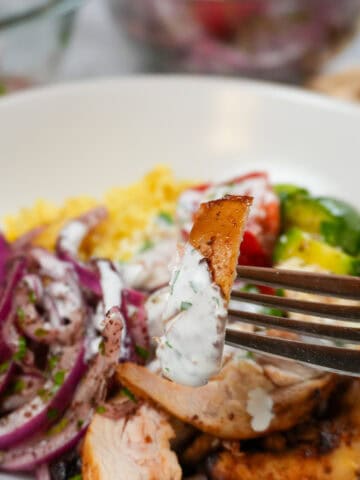

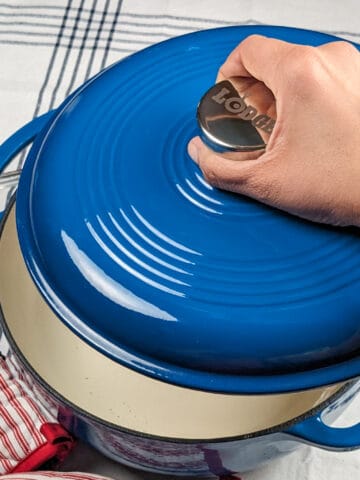

Leave a Reply